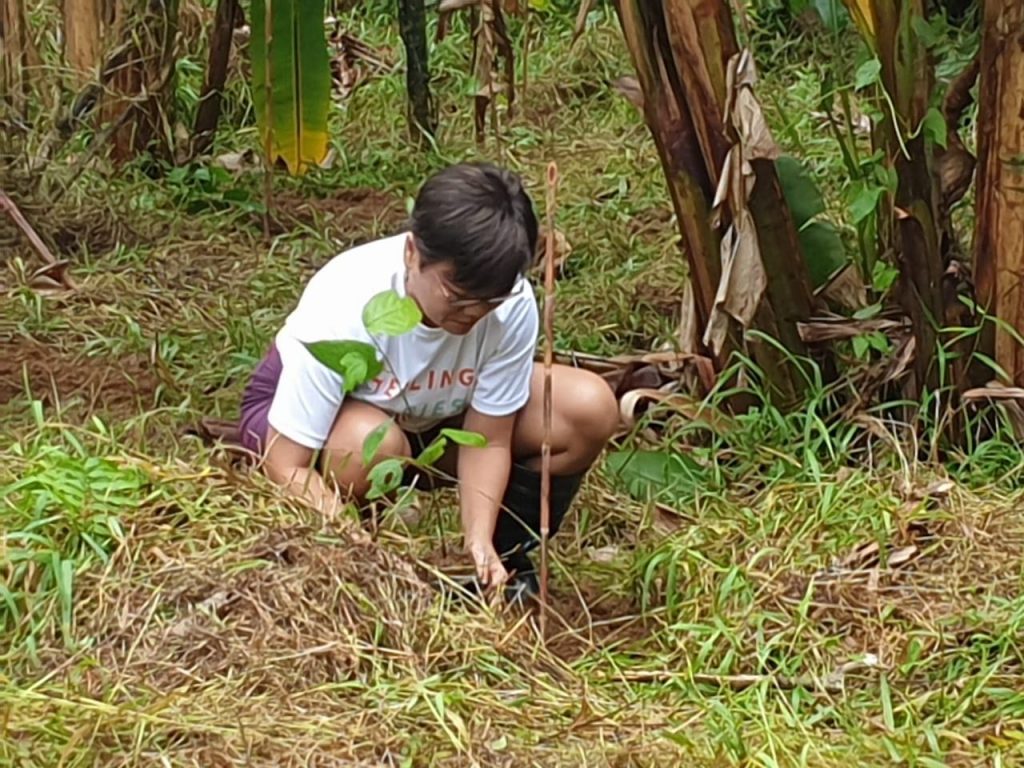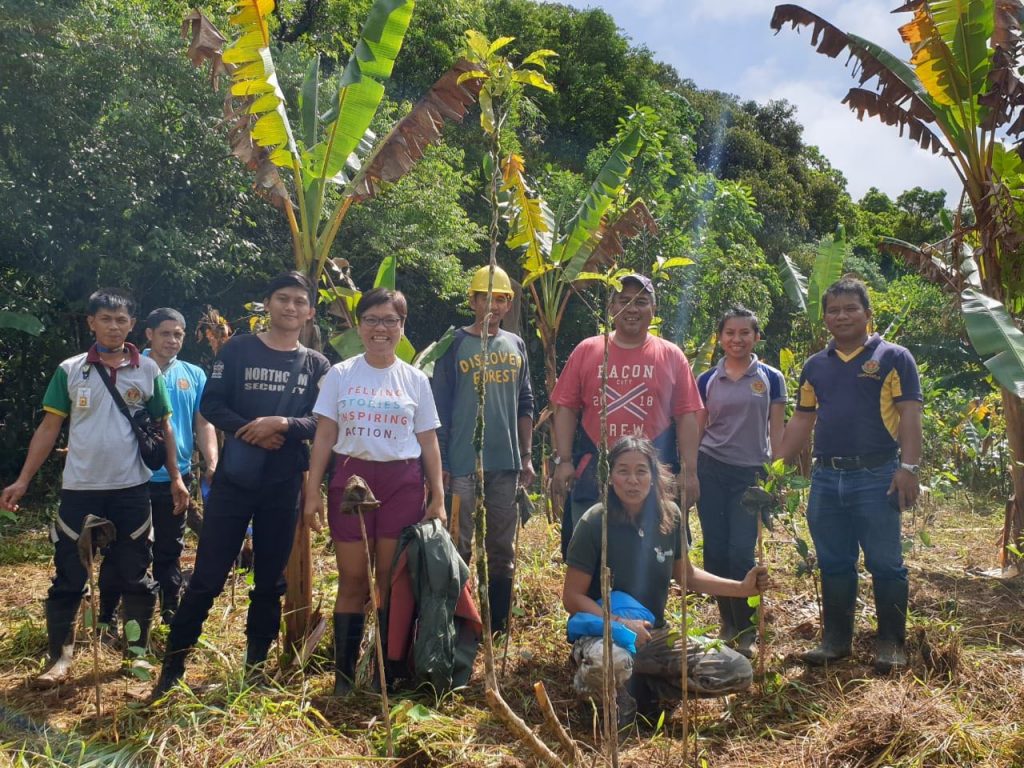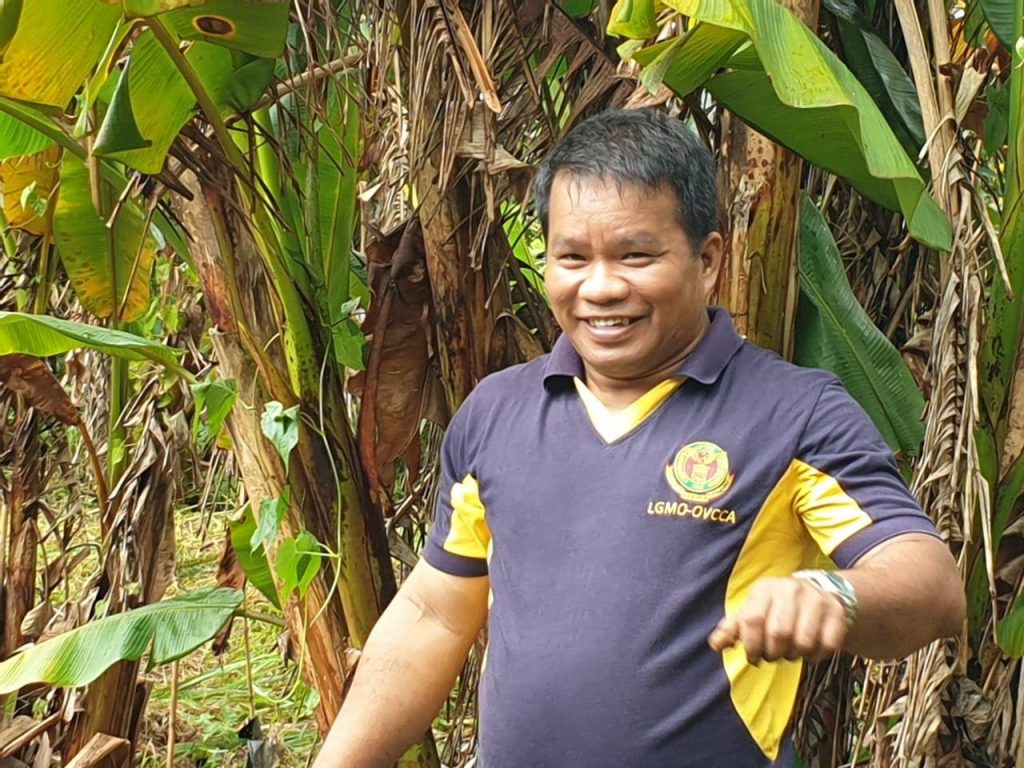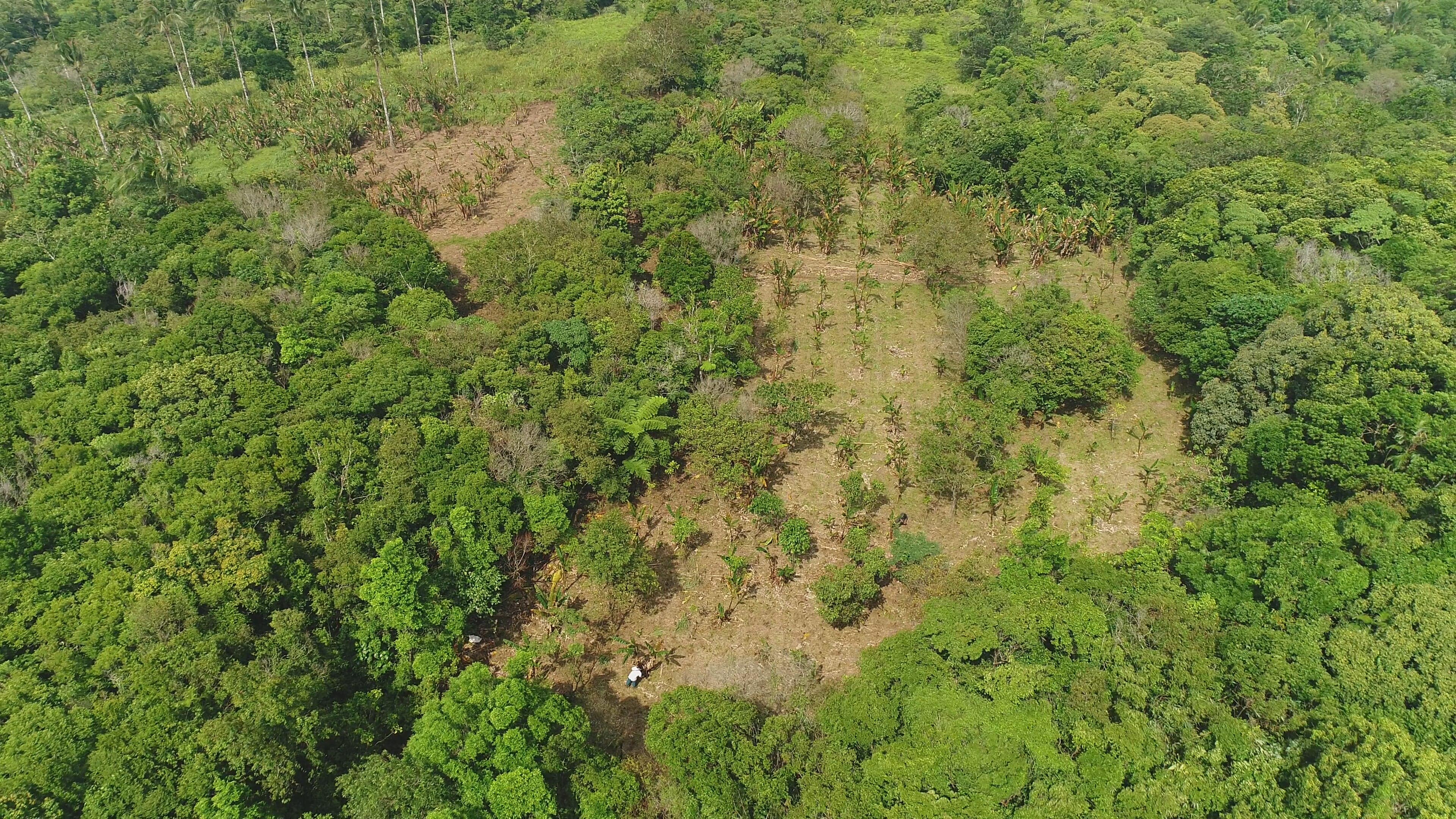Plant a Tree, and Let Us Build a Forest Together
In this age of climate crisis, you would be hard-pressed to find someone who does not see planting a tree as a good thing.
The act itself is a statement of hope. Granted, it takes years to reap the benefits of that one, conscious decision. So long that one is likely to forget it happened. Its ‘return on investment’ appears invisible, intangible and unquantifiable.
Yet we know that there are benefits and rewards to the environment and in turn, to humanity. Trees provide the life-sustaining oxygen we breathe, purify the air, reduce soil erosion and provide food, protection and home for wildlife.
But in a society that expects immediate results and gratification, you can imagine someone asking, “What’s the point?”
The point is, it matters.
Three parallels
Having worked at Team Our Better World (OBW) for almost six years, I saw three parallels in what we do – telling one story at a time to inspire an action – and the act of planting a tree.
First off, we are talking about one simple act. It seems inconsequential, but I think that’s what makes it a noble act. Planting a tree is a selfless undertaking. There is no assurance that you will benefit from it directly. Instead, when the tree has grown – provided the elements it is subjected to have helped it thrive – it benefits many. I believe this applies to every good deed we do to help the vulnerable and marginalised.
Secondly, there is a ripple effect from one act. When you plant a tree, you help protect the area, provide nourishment and shelter to animals and literally help make the ground fertile for other plants to grow. That happens too when you act for good. You improve the life of one person (who might in turn pay it forward), you encourage the organisation committed to the cause to keep doing its work, and you inspire those around you to do good too.
Lastly, a tree on its own is good, but a forest of them is great. So too with altruistic acts. The more people taking the same kind of action, the wider the positive impact it creates.
Two good deeds in one
This month, we found a creative way for you - as a member of the OBW community - to combine an act of good with planting a tree, which will allow us to create a huge, positive impact together.
If you complete our annual community survey, we will plant a tree on your behalf. This tree will be yours; its growth will be monitored with the help of EcoMatcher and their on-the-ground tree-vetting partner in the Philippines FEED Inc. You can even visit it virtually online!
Altogether, we will plant a forest with over one thousand trees.
Our Better World Forest
I had the good fortune to help sow the first 300 seedlings of our forest. Last month, I met with Anne Marie Mananquil Bakker and Diane Penales from FEED Inc and along with the forest ranger team of the University of the Philippines Laguna-Quezon Land Grant (LQLG), led by Area Manager Rey E. Lorida, we planted the first batch of trees in our forest.

The first tree I planted that day! It had just rained so the soil was damp and easy to manage. It was overcast which was ideal weather for planting trees.
The four types of trees in the OBW Forest are indigenous to the area, giving them a better chance of thriving in their familiar climate and environment.
Bani (Milletia pinnata) – an oil tree that can grow 25 metres tall with a large canopy of fragrant flowers. It produces pongam oil used as an antiseptic
Lipote (Syzygium polycephaloides) – a plum tree growing up to 14 metres tall. Its edible purple fruit is rich in Vitamin C and is used in making preserves, jellies, pickles and wine
Kupang (Parkia timoriana) – a legume tree with edible pods and fruit peel that is used for dyeing cotton and silk, grows up to 40 metres tall
White Lauan (Shorea contorta) – a shady, white-flower bearing tree that grows to 50 metres tall. It helps control erosion and its leaves when they fall and decay improve the quality of the soil

The forest rangers and FEED team who helped plant the first 300 trees of our forest.
Located in the 6,765-hectare LQLG area, our forest is part of on-going efforts to reforest the Sierra Madre, the longest mountain range in the Philippines. The Sierra Madre serves an important role as a barrier for typhoons from the Pacific Ocean.
The story of Rey
I asked Rey, who leads the forest rangers in the UPLB Sierra Madre Land Grant why he chose to do what he does for the past 20 years. With a Master’s degree, he could have gone to places that would have paid more. He says without hestitating that he had come to love the people he worked with - the 28 forest rangers, who try their best to protect the over 9,000 hectares that is UPLB’s Land Grant.

LQLG Area Manager, Rey Lorida. He planted trees with us together with some of his forest rangers.
The forest itself is its own reward. “I would like to think that my contribution here will be my life’s legacy,” said Rey. The trees will stand for and be the mark of the good he has tried to do in the world, along with his team.
We might try to measure the impact of our actions, but there will always be things that are immeasurable. Hope is the stuff of intangibility. It exists despite everything that appears to stand in its way. We may not always be able to tally the good we do, but it should never stop us from doing it anyway. Hope is believing every action – big or small – makes a difference. It matters. It counts.
Like planting a tree in the Our Better World forest.
Thank you for sowing that first of many seeds of good.
UPDATE: 1 October 2019. We planted a total of 1156 trees! Thank you for taking the community survey!
Thank you too to FEED Inc and Ecomatcher for their invaluable help in making this happen.
Fostering Education & Environment for Development (FEED Inc.) is a non-profit that reforests parts of the Sierra Madre. Besides helping plant the indigenous Philippine trees, FEED will also help look after the trees to ensure their survival, as the 1,000 trees planted will form part of large-scale reforestation efforts. Massive reforestation could be extremely useful in removing carbon dioxide in the atmosphere.
Ecomatcher facilitates the adoption of trees by organisations, while working with vetted foundations from around the world to plant trees. It acts as a trustworthy partner for corporations to become part of sustainability solutions for the Earth.





